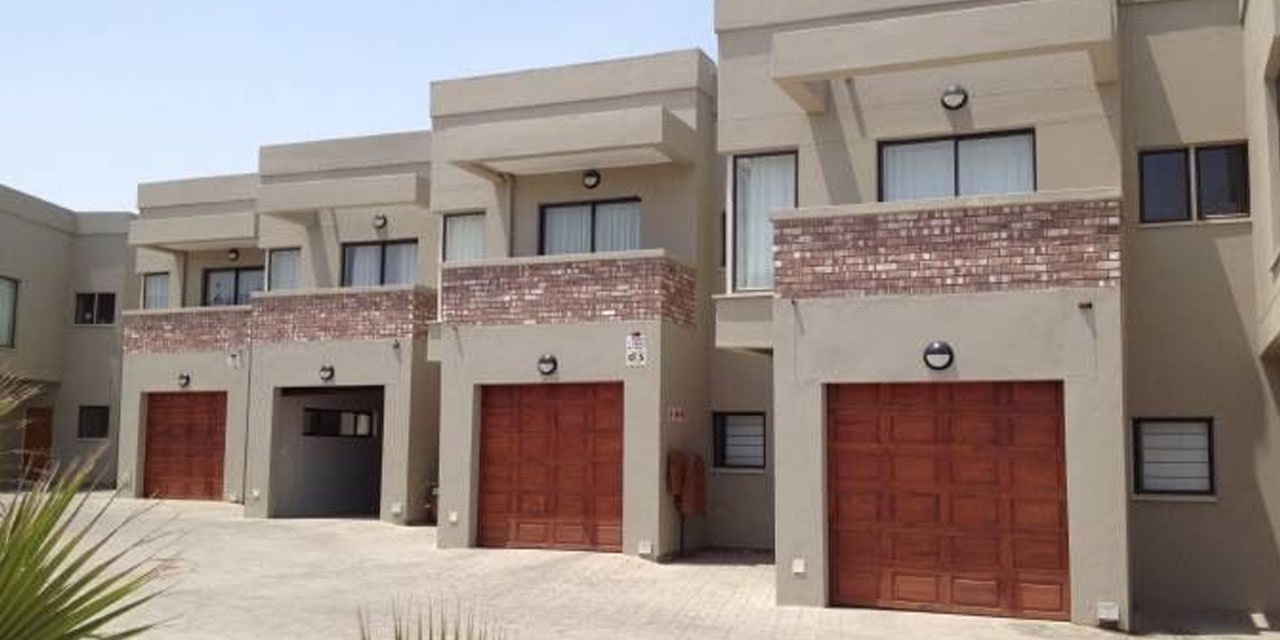Staff Writer
The FNB House Price Index has posted a contraction of 5.9 percent year on year ( y/y) at the end of March 2020 compared to a contraction of 1.5 percent recorded over the same period of 2019.
“This brought the average national house price to a 5-year record low of N$1 038 577 as at March 2020” Although overall house prices in the central and coastal regions have remained buoyant, registering growth of 8.2m percent y/y and 7.2 percent y/y over the first quarter respectively, this was overshadowed by steep contractions of 18.7 percent y/y and 13.6 percent y/y recorded in the northern and southern regions respectively,” FNB Market Researcher, Frans Uusiku said.
According to the index, house price contractions in the northern and southern regions were observed in the small housing segment, while the small and medium housing segments were responsible for price growth in the central and coastal regions.
“While we continue to view affordability of houses in the large and luxury segments as a stumbling issue, we see deferment in buying decisions in anticipation of a further drop in prices and an improvement in the delivery of land as some of the themes shaping the outlook for the residential property market,” he said.
The overall volume index also rebounded significantly by 2.0 percent y/y from -24.4 percent y/y in the prior quarter.
“However, this remains much lower than the 37.9 percent y/y growth recorded over the same period of 2019. We view the increasing concentration of transaction volumes in the small and medium segments and the emerging inverse relationship between overall price and volume growth as indicative of properties selling at prices below valuation.”

Uusiku said the flurry of trading activity in the small and medium housing segments is becoming a new normal in the Namibian residential property market.
“This could be ascribed to affordability issues and inherent high levels of income inequality that are compounded by a smaller population. Henceforth, whether property investment is still regarded as Safe Haven in the context of current economic conditions is becoming a recurring theme,” he said.
“The outlook for property prices looks bleak from a market perspective as widespread job losses and income uncertainty induced by COVID-19 do not bode well for demand.”
Although data contained within the report is unlikely to reflect the economic impact of COVID-19, second quarter activity will likely print lower home sales figures, which may exert further downward pressure on price growth. This is because of sales cancellations experienced due to lockdown and subsequent closure of the Deeds Office in April. Furthermore, the notable improvement in land delivery for housing is poised to keep residential property prices at bay as potential new house owners sees a penetrative market opportunity through purchasing of land.




